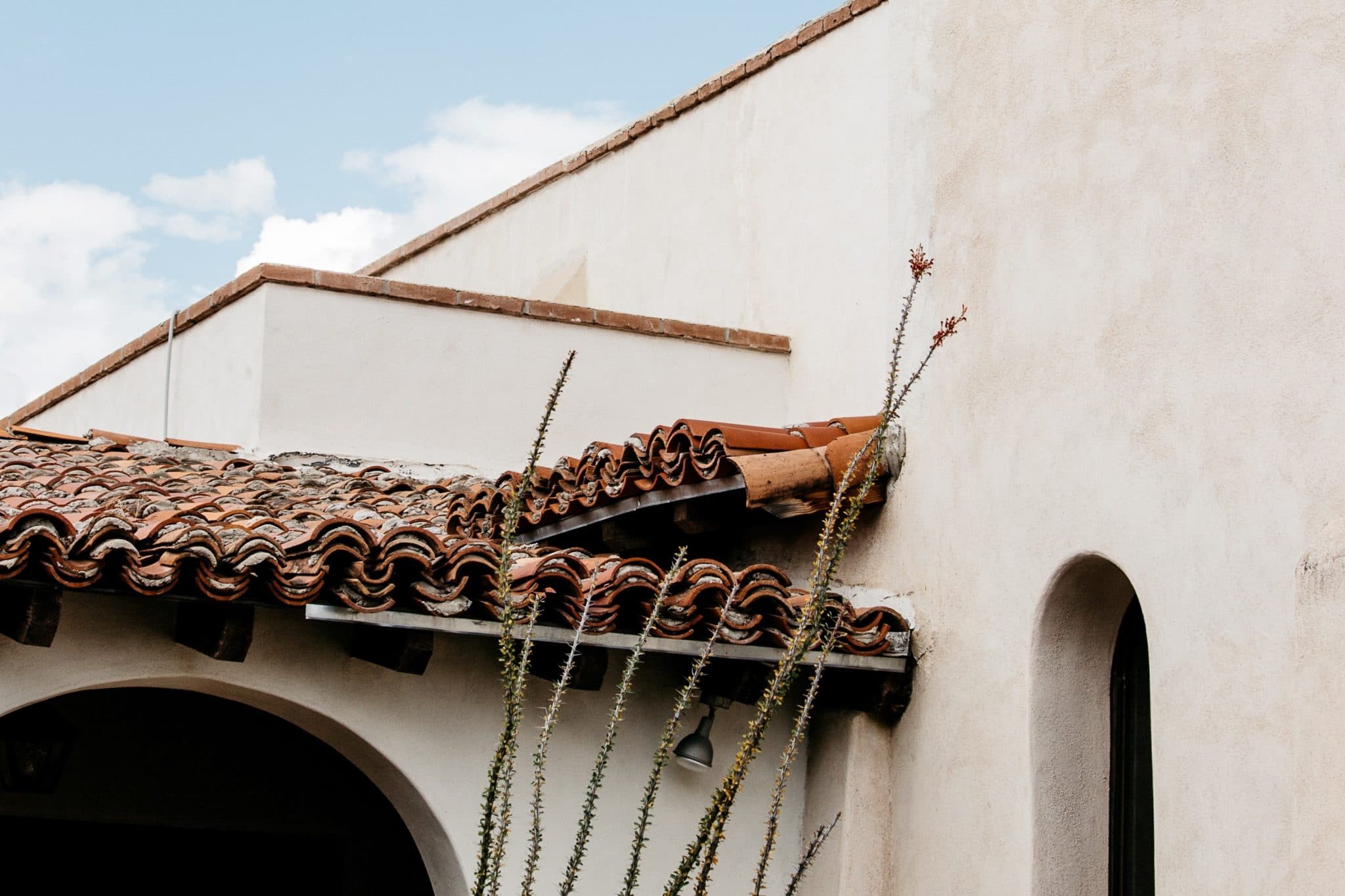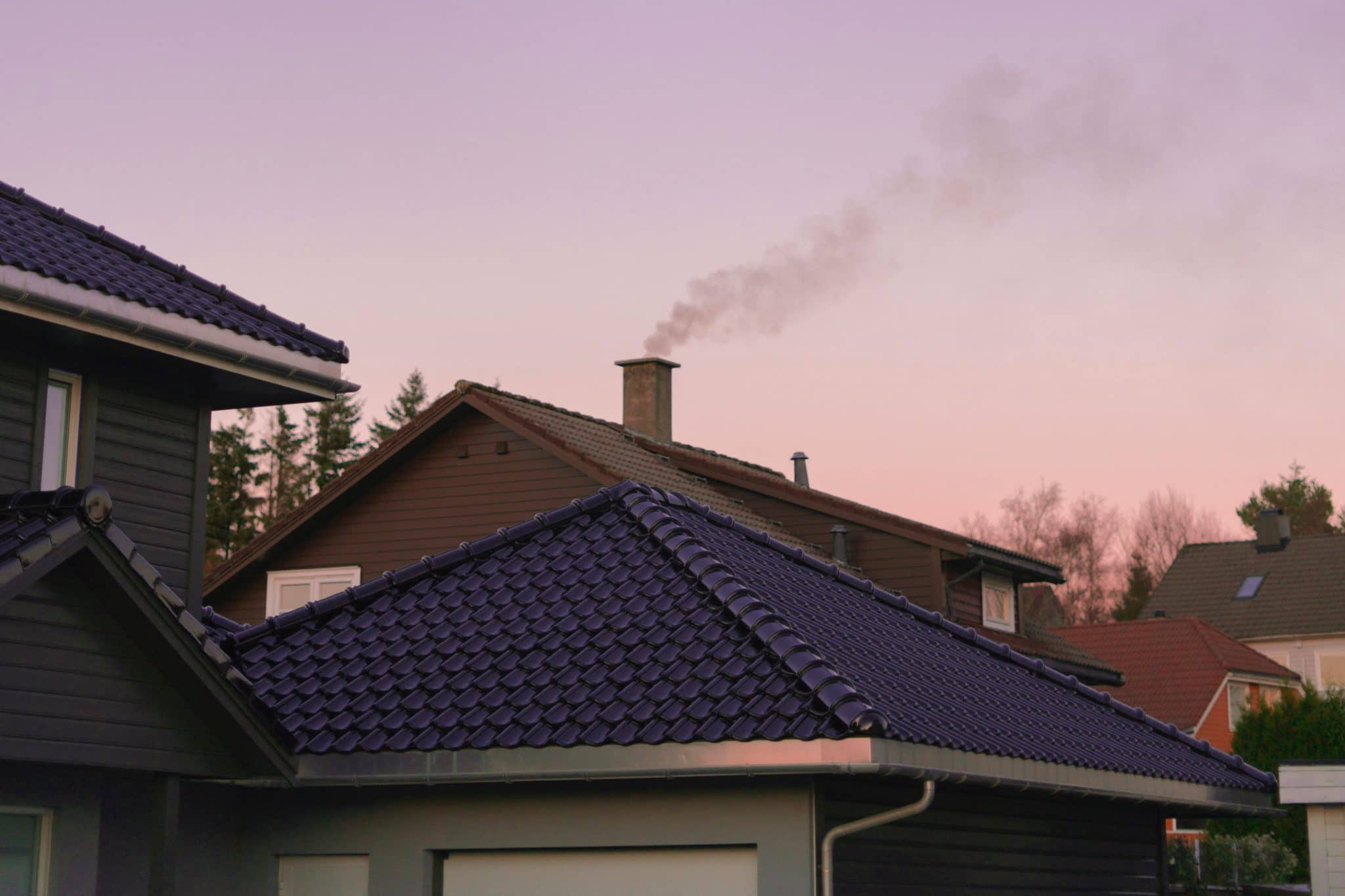Home Inspector Missed Leaking Roof: What Happened and What You Can Learn
Last Updated October 7, 2024
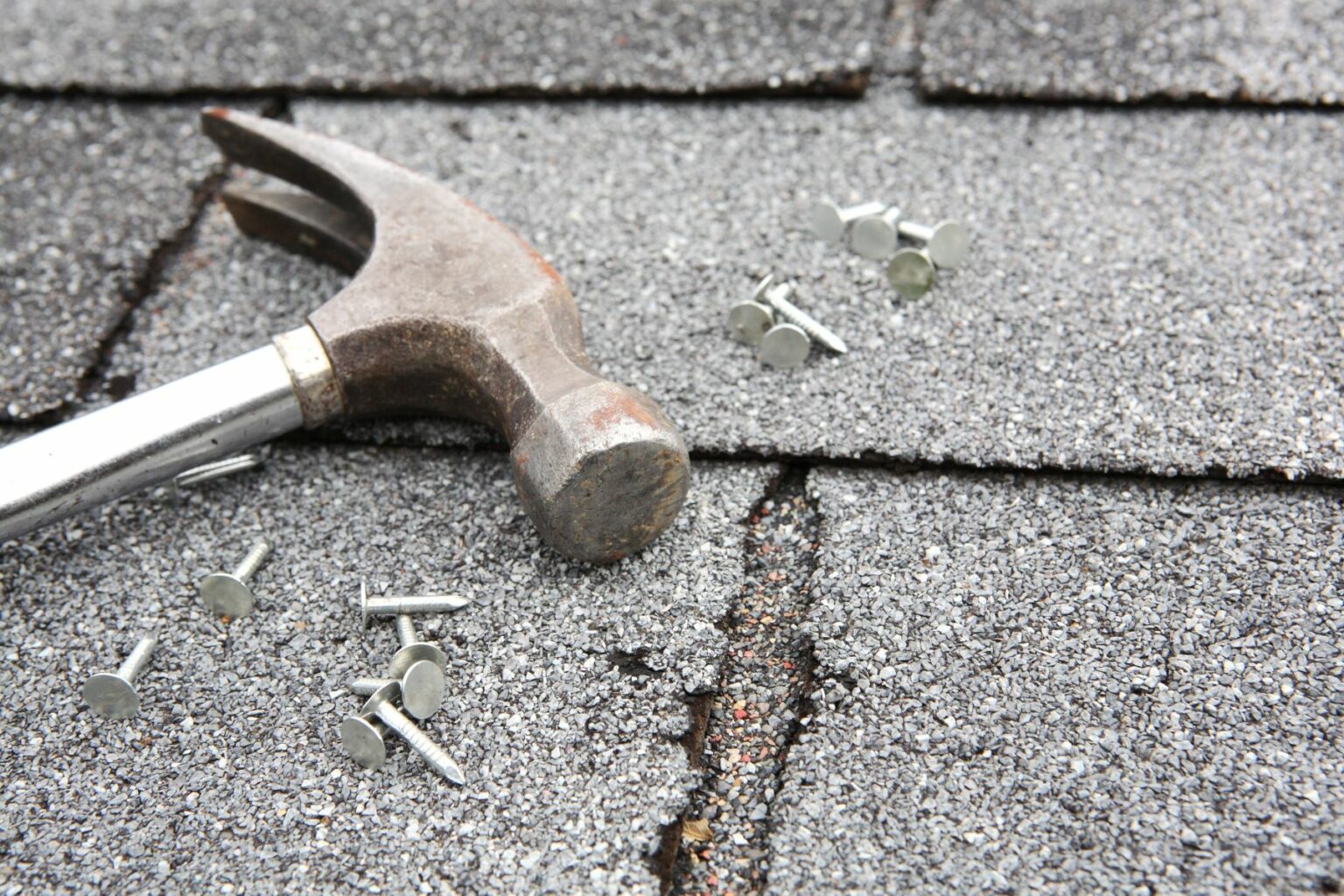
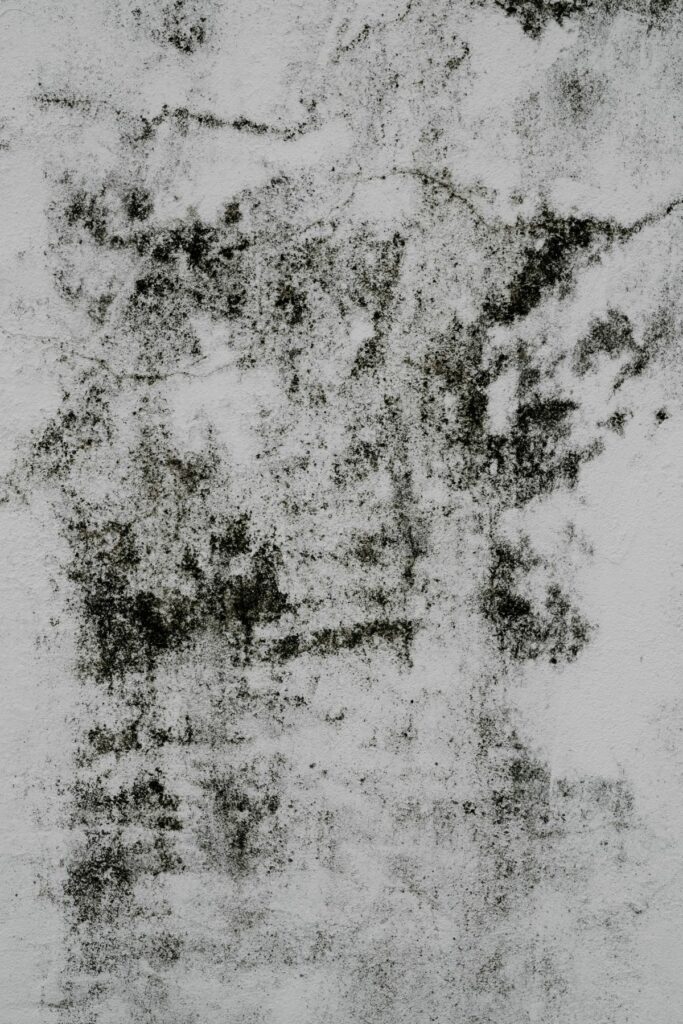
The following home inspector and missed leaking roof story is a real errors and omissions (E&O) case study from our archives. To protect the insured’s identity, all identifiable characteristics—including names, associations, and locations—have been altered or removed.
Why do remodels always take longer and cost more than expected? If you asked one recent homebuyer, she’d say it’s because her home inspector missed the leaking roof.
During renovations, this inspection client had discovered wet drywall and black mold after removing the kitchen cabinets. Her contractor investigated and realized the culprit was the roof. Rather than overlapping, the shingles were butted up against each other. Additionally, the metal flashing was broken and missing. Furthermore, the installer had inappropriately used caulk to fill in large gaps. The improper installation and subsequent damage had been causing the roof to leak, leading the client to believe the home inspector missed a leaking roof.
Suddenly, the other pre-renovation issues began to make sense. The tiles on the laundry room wall had been falling off because that wall, too, was wet and moldy. The dishwasher had been shorting out because of the water in the walls. Other electrical and appliance issues could be traced back to water intrusion coupled with wiring issues.
The client contacted their homeowners’ insurance company, who agreed to pay for mold remediation up to $10,000. But the house’s roof repair costs and remediation ended up costing $3,000 more. Since the roof was installed incorrectly, the homeowners’ insurance wouldn’t cover repairs to the roof or anything damaged by the water intrusion, leaving the client with a $100,000 bill. So much for a quick fixer-upper.
Client Alleges the Home Inspector Missed a Bad Roof
When her homeowners’ insurer failed to cover all the repair expenses, the client began looking at her home inspection report with a critical eye.
The inspector had reported the roof and foundation were “satisfactory.” He’d examined the roof with binoculars from the ground and hadn’t noted any issues. He hadn’t identified any moisture in the walls, either. Additionally, when he’d discovered surface mold in the basement, he told the client it was minimal and nothing to be concerned about. The client believed the home inspector missed the leaking roof, among other serious roof problems.
“When I asked the inspector why he didn’t go up on the roof, one of his reasons was that he forgot his ladder,” the client said. “Had he done a closer roof inspection the faulty install would have been recognized.”
The client sent a letter to the home inspector demanding compensation. The inspector then forwarded it to us, his errors and omissions (E&O) insurance provider.
Upon reviewing his inspection report and the photos, we determined that the roof was high and potentially hazardous, justifying the inspector’s decision to inspect it with binoculars. Additionally, the inspector had, in fact, reported that some shingles were damaged and needed to be replaced. He also recommended having a contractor conduct further evaluations and repairs. As such, there was no way the home inspector missed this bad roof.
As for the water damage, we argued that signs of water intrusion developed after the inspection. The client discovered the mold and saturated walls after removing the cabinets. The inspector couldn’t predict future defects or uncover hidden damage.
Our claims team sent a detailed rebuttal letter to the claimant. Over a month went by with no response. We closed the claim at no cost to the home inspector—or so we thought.
Client Insists the Home Inspector Missed a Leaking Roof
An entire year passed. The home inspector had retired and closed his business when he received another attorney letter from that same client. A new inspection report had come to light—one for the same property, but for a different buyer and by a different inspection company. The new inspection had uncovered:

- Significant water damage, including 100 percent moisture content within several basement walls.
- Roof problems like improper roof installation, including significant amounts of caulk to mitigate water issues.
- Dangerous levels of mold.
- Electrical wiring issues, including safety hazards.
The original inspection client used this new inspection to validate their claims from a year before. With their new evidence and increased confidence, the client tripled their demand from $100,000 to $300,000. Shortly after, the client’s attorney filed suit against the home inspector, the previous owners, and the listing agent.
Thanks to the inspector’s tail coverage, we were able to reopen the claim and jump to his defense even during his retirement. To avoid an expensive lawsuit, our team filed a motion to go in front of arbitration. But because the inspector had not signed the arbitration provision addendum in his pre-inspection agreement, the judge ruled we could not enforce arbitration.
Finally, the claimant agreed to mediation, where a $50,000 was negotiated. Our team was quick to obtain a signed release and issue the settlement. The inspector only paid their deductible.
Meanwhile, the client and seller are still in court.
What can you learn?
There’s a lot you can learn from this claim where a home inspector “missed” a leaking roof. Here are four key takeaways.
1. Be wary of potential roof damage claims.
Roof damage claims are the second most common type of claim against home inspectors. Few homeowners (like the buyer in this case study) realize that roofs have limited lifespans, and that house roof problems can manifest without regular maintenance—especially if it was poorly installed from the start. This misunderstanding leads to accusations of a home inspector having missed a leaking roof that wasn’t leaking during the inspection.
Furthermore, roof leak claims are the most common type of roof damage claims because they involve both roof and water damage repairs. Once you have house roof problems like water intrusion from weather damage, roof repair costs are often thousands of dollars. Replacing a roof can subsequently cost often tens of thousands of dollars; few homeowners are prepared to pay such house roof repair costs. Not to mention, buyers fail to realize you can’t see every existing roof leak home inspection defect or predict future ones.
To combat the likelihood of a claim, during your home inspection, roof issues should receive a lot of your attention and concern. Take your time looking for roof issues during your home inspections. Try to spot existing damage, including worn, broken, or missing shingles and poorly sealed roof flashing. Those extra minutes can prevent a home inspector from missing a bad roof (or, at least, an obviously bad roof).
2. Have (and sign!) an arbitration provision.
In the case of arbitration vs litigation, arbitration is almost always advantageous. Arbitration clauses are one of the top five things to include in your pre-inspection agreement because they:
- Use industry-experienced mediators that are more likely to understand and rule in inspectors’ favors.
- Close claims quicker and cheaper than standard court cases.
- Keep claims more private with confidential motions instead of public court records.
If you’re insured with us, you can use our model pre-inspection agreement—including a home inspection arbitration clause—for free with your policy. Just make sure you and your clients sign your agreement and any addendums before you start inspecting. If any necessary party fails to sign, the agreement and its addendums won’t be valid.
You can learn more about arbitration provisions here.
3. Get boots on the roof when you can.
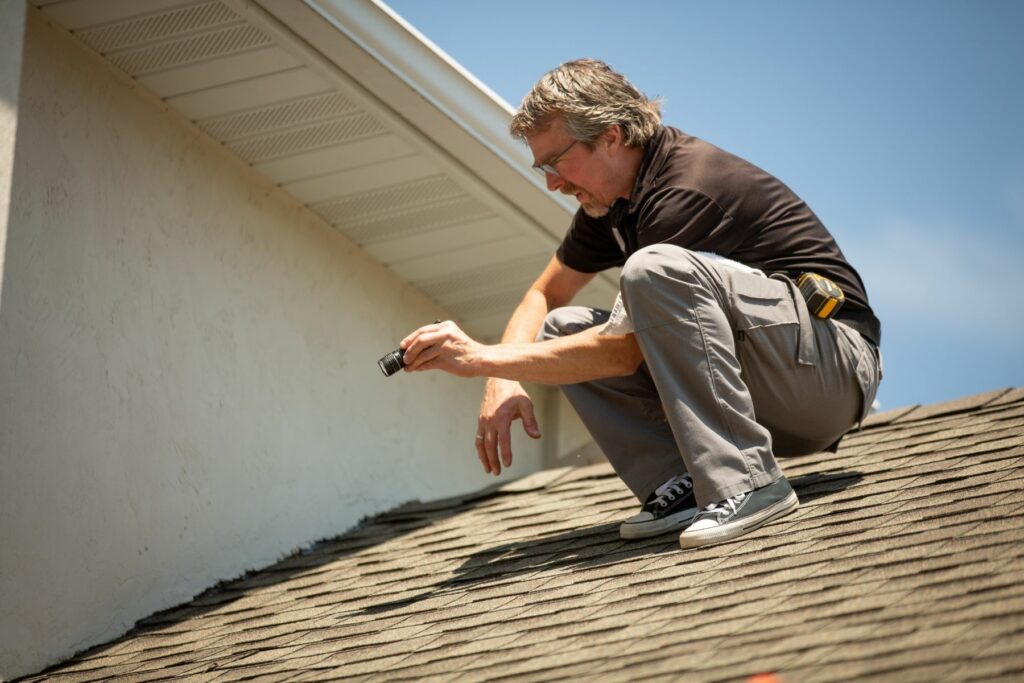
Inspection clients often wonder: “Do home inspectors have to get up on the roof? What if my home inspector didn’t go on the roof?”
Naturally, when safety isn’t a concern, inspectors know to get on the roof. This allows you to inspect with more senses. You can feel the weak sheathing under your boots. You can feel the shingle damage with your hands. And you can lean in closer to examine the flashing with your eyes. Getting on the roof is the most effective method for spotting roof defects.
At the same time, never think twice about prioritizing your safety. Do not get up on roofs that are too high or too steep. Avoid roofs that are wet, icy, or mossy. High winds, storms, heat, and other severe weather may make a roof unsafe to walk. And roofing materials like metal and terracotta can cause slips, too. It’s your right to not ignore safety concerns. But if you don’t get on the roof, iust be sure to report why and what alternative inspection method you used.
Meanwhile, remember that boots-on-the-roof the alternatives aren’t perfect. You’ll notice that one of our other case studies also involved an inspector viewing the roof from the ground with binoculars. While binoculars are a viable option, they provide a limited vantage point. Pole cams and drones don’t always provide a complete picture either.
If you or your employed home inspector did not go on the roof, set clear expectations for yourselves and your clients. Poor expectations about their service often drive homeowners to say their home inspector missed a bad roof.
4. Consider inspecting and endorsing for mold.
Another common type of claim against home inspectors? Mold. Accusations against home inspectors that missed mold are the fourth most common in the industry. But unlike roof damage claims, mold claims often exceed your SOP and your basic insurance coverage. Plus, clients can file mold-related claims against you even if you don’t inspect for mold.
Since mold’s a common issue, and because mold claims can happen to anyone, we suggest protecting yourself with an endorsement and an addendum to your pre-inspection agreement—whether you offer mold services or not.
Click the link to read about the pros and cons of offering mold sampling.
Don’t wait for a roof damage claim to get the right insurance.
While the home inspector who supposedly missed the bad roof didn’t walk away unscathed, he was lucky. He spent a couple thousand dollars in exchange for years of professional defense, negotiation, and eventual settlement.
But imagine for a moment if he hadn’t been so lucky. What if the home inspector had an insurance policy that, like the client’s homeowner’s policy, capped his mold coverage with a sublimit? Or suppose his insurer didn’t have the expertise to get the case into mediation instead of court?
Here at InspectorPro, we take defending our inspectors seriously. Day in and day out, our claims team only handles home inspectors’ cases. That focus leads to expertise and results. Thousands trust us to protect them when they’re the home inspector that missed the leaking roof.
Let us protect you. Click here to apply for a quote for errors and omissions and general liability insurance.


